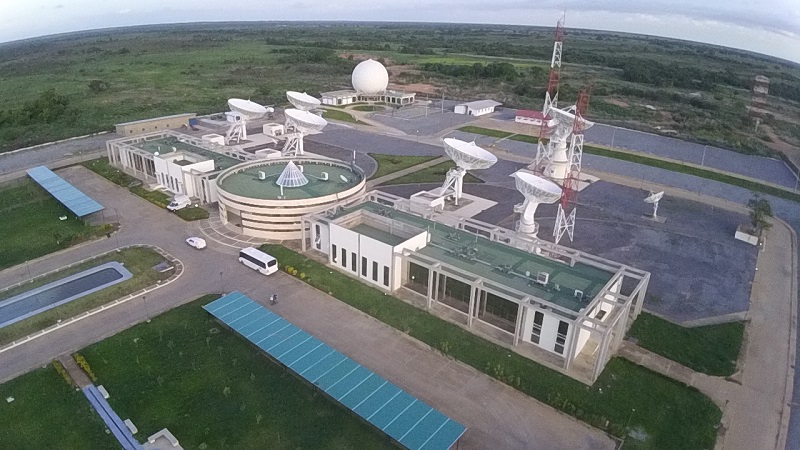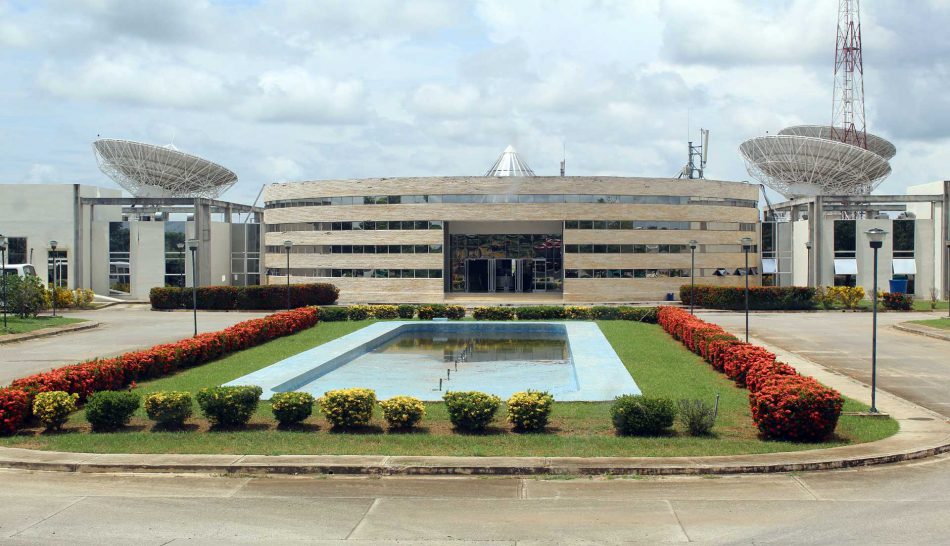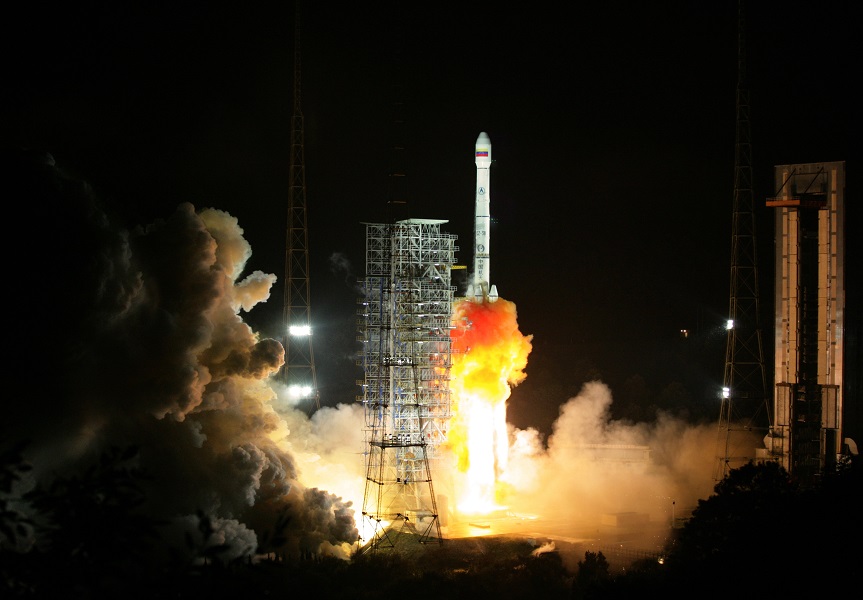
Back to selection

Supplier
ABAE
Agencia Bolivariana para Actividades Espaciales (ABAE)
Distrito Metropolitano de Caracas
Caracas 1064
Venezuela
ABAE Satellite Operator (Agencia Bolivariana para Actividades Espaciales), the Bolivarian Agency for Space Activities, is an organisation belonging to Venezuela’s Ministry for Science and Technology. Its mission is to develop and carry out the policies of Venezuela’s Executive Power regarding the peaceful uses of outer space. Previously ABAE was known as Centro Espacial Venezolano (CEV), the Venezuelan Space Centre. Since its inception it has been working in the project of the first Venezuelan satellite named Simón Bolívar Satellite (VeneSat-1), which was orbited by launch operator CGWIC in 2008. VeneSat-1 satellite is located at 78° West.
The VeneSat-1 satellite was also called the ‘Simon Bólivar Satellite’, named after the Caracas-born South American independence hero, the Liberator of Five Republics.
VeneSat-1 main wholesale customer was the Compañía Anónima Nacional de Teléfonos de Venezuela (CANTV), which has hundreds of thousands of private subscribers through its subsidiary Movilnet, the state-owned company responsible for marketing mobile telephone, Internet and digital television services.
On March 25th 2020, the Venezuelan Ministry of Science and Technology officially declared the VeneSat-1 satellite as lost. Due to a solar array problem, contact with the satellite was lost. The satellite was moved to a orbital graveyard.
ABAE Satellite Operator operates the Ground Receiving Stations and Ground Application Center for the country’s remote sensing satellites from the Baemari ground station in the state of Guárico, in the centre of the country.
Company History
Originally designated Venezuelan Space Center (CEV) was created on November 28th, 2005. When the requirements increased, the organization was renamed as Bolivarian Agency for Space Activities (ABAE), focussed on design, coordinatation and implementation and operation of the policies of the Venezuelan National Executive, related to the peaceful use of outer space, and act as a decentralized entity specialized in aerospace.
In November 2005 ABAE Satellite Operator contracted China Academy of Space Technology (CAST) to design, manufacture and test the VeneSat-1 satellite that would help Venezuela develop its telecommunications, film and TV industries, culture and education.
The organization also worked on the Remote Sensing satellites, Satellite Miranda (VRSS-1), launched on September 29th, 2012 and Satellite Sucre (VRSS-2), launched in October 2017.
VeneSat-1 had a planned life of 12-15 years and required an investment of 240 million USD in manufacturing and launch and another 150 million USD in infrastructure, technical training and ground equipment in Venezuela.
VeneSat-1 is CGWIC’s first satellite in-orbit delivery contract signed with a Latin American customer, and also marks the first space cooperation project between China and Venezuela. The VeneSat-1 Communications Satellite was designed and manufactured by China Academy of Space Technology (CAST), and is a communications satellite based on the DFH-4 satellite platform, and is fitted with 28 transponders, including 14 C-band, 12 Ku-band and 2 Ka-band transponders. To meet the complicated coverage requirements, VeneSat-1 is fitted with four shaped communication antennas covering South America and the Caribbean.
On October 30th 2008, the 5,050kgs weighing VeneSat-1 satellite was lifted off from Xichang Satellite Launch Centre in Southwest China atop a CZ-3B/G2 rocket operated by CGWIC. The satellite, based on the DFH-4 bus, China’s new-generation telecommunications satellite platform, was designed with a mission life of 15 years and was due to be replaced in around 2024 by VeneSat-2, also to be built and launched by CGWIC. The satellite, two ground stations respectively located in Bamari and Luepa, Venezuela, and a teleport located in Bamari were successfully handed over to the customer on December 1, 2008.
In January 2020 ABAE Satellite Operator and China were planning the development of a new satellite, VeneSat-2, which would continue the operations of VeneSat-1 once it ends its useful life.
In February 2020 Venezuela confirmed its first and only government-operated communications satellite, VeneSat-1, suffered a mission-ending failure that its Chinese builder blamed on a solar array problem.
With an estimated useful life of 15 years ending in 2024, the technical death of VeneSat-1 was a serious blow to the isolated and impoverished government of Nicolás Maduro, which was fighting to contain the progressive expansion of the coronavirus mid 2020.
All trademarks, logos and images mentioned and showed on this page are property of their respective owners.
Resources
www.abae.gov.ve
www.seradata.com edition March 23rd, 2020
www.copernical.com
www.globalsecurity.org
www.nextvnews.com edition March 28th, 2020
www.spacenews.com edition March 30th, 2020
www.atalayar.com edtition April 2nd, 2020
www.spacewatchglobal.com
www.space.skyrocket.de
www.satbeams.com

Supplier
ABAE
Agencia Bolivariana para Actividades Espaciales (ABAE)
Distrito Metropolitano de Caracas
Caracas 1064
Venezuela
Satellite fleet by ABAE
| Spacecraft | Country | |||
| VeneSat-1 (Simon Bólivar Satellite)GEO | 78° West | ABAE |  | Communication |


